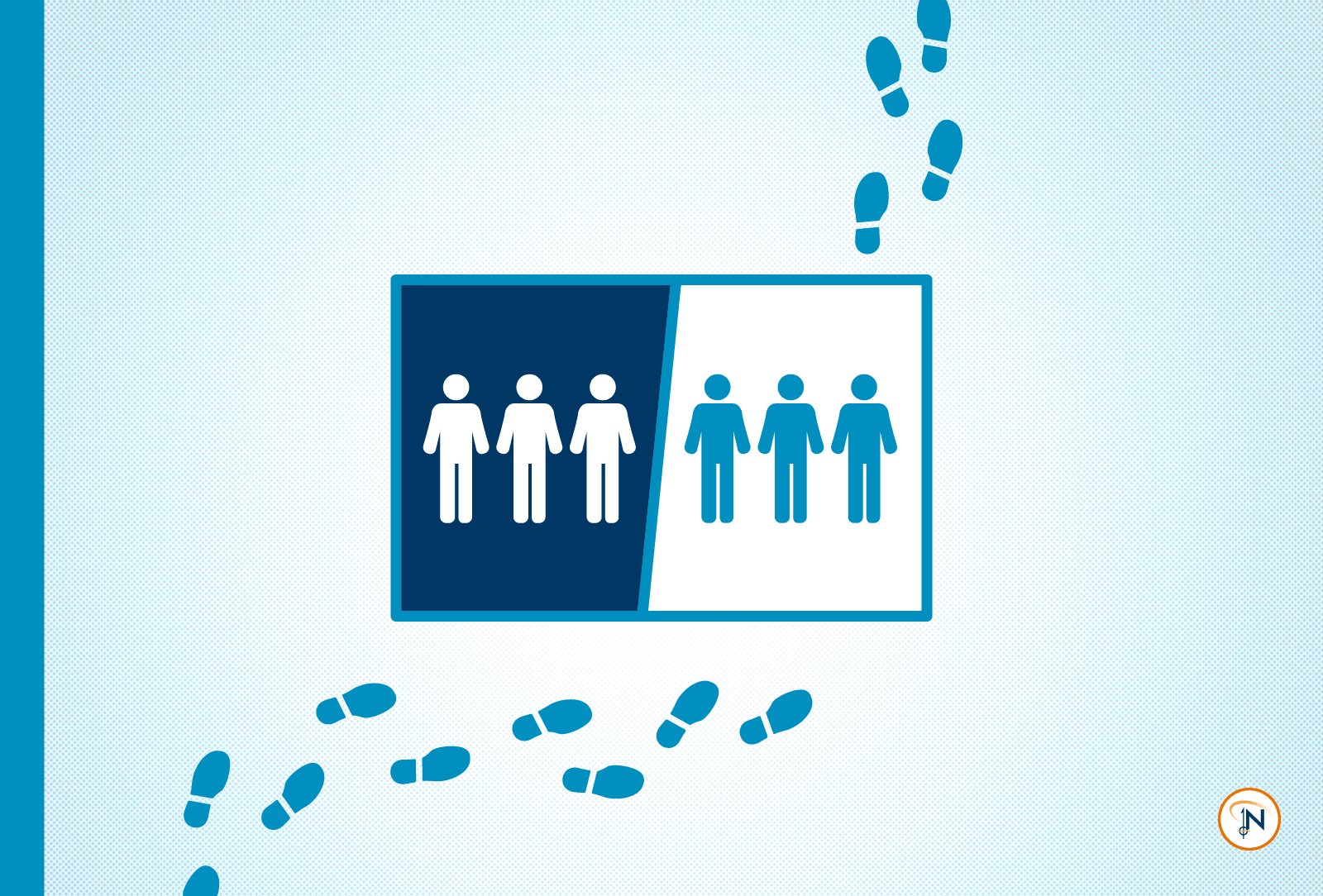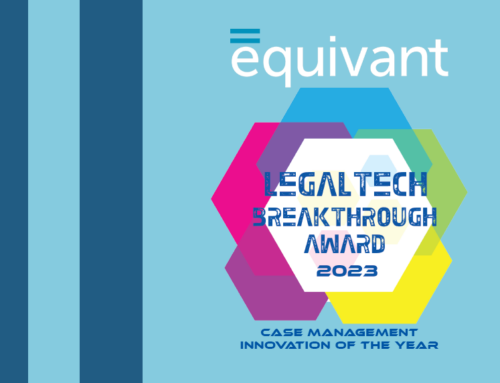Feet hit pavement. Now what?
Northpointe Suite • An equivant product

Best Practices in Reentry Case Planning
The moment of reentry is one of the most critical times in an individual’s reintegration into society.
As supervision professionals, we’re focused on the myriad things the individual needs to address to avoid recidivism, and the most immediate priority needs to be the moment of reentry. When their feet hit the pavement, then what? Do they have a place to live? Do they have something to eat? Do they have a valid ID?
Over the past three decades, we’ve seen hundreds of different takes on discharge/release/reentry planning, and we’ve learned that success really comes down to a few key factors:
- Reentry planning starts during incarceration. Prisons should be administering a risk/needs assessment approximately 6-9 months prior to release to inform reentry planning, and jails will have either an intake assessment or a reentry assessment or both, depending on length of stay. Assessment tools identify criminogenic needs and help inform case planning for both the individual’s dynamic risk factors and stability factors. Planning needs to start well in advance of release (if possible) to start lining up resources. Because all of this work is happening during incarceration, it’s our job as supervision professionals to build on that plan and provide continuous care rather than starting from Square One when the person arrives in our office.
- Stability factors come first. This is the “feet hit pavement” moment. A successful reentry plan will have thought through all of the immediate needs, including housing, work, food access, transportation, child care, a valid ID, health care, and access to local support resources. Individuals can’t start adequately addressing their criminogenic needs unless their basic human needs are met.
- Check in early and regularly. The first check-in post-release should be almost immediate. This check-point allows you to begin to establish a relationship with your client, and it’s an important opportunity to check for holes in the stabilization plan. Make sure all of the resources, housing, transportation, etc. that are in place are actually working for the person, make sure nothing has been missed, and make sure they know how to access additional resources. Following that initial check-in, keep checkpoints regular and at a cadence that’s appropriate for the individual.
- Keep the reentry period brief. The focus of the individual’s supervision should initially be on reentry, but within 3-6 months, that focus can and should shift to being a member of the community. Each individual’s circumstances and reentry success will drive the appropriate length of the reentry period.
Looking for more best practices? Check out our list of Top Strategies for Case Planning. And don’t hesitate to give us a call for additional resources, guidance, and thought partnership. We’re here to help.





